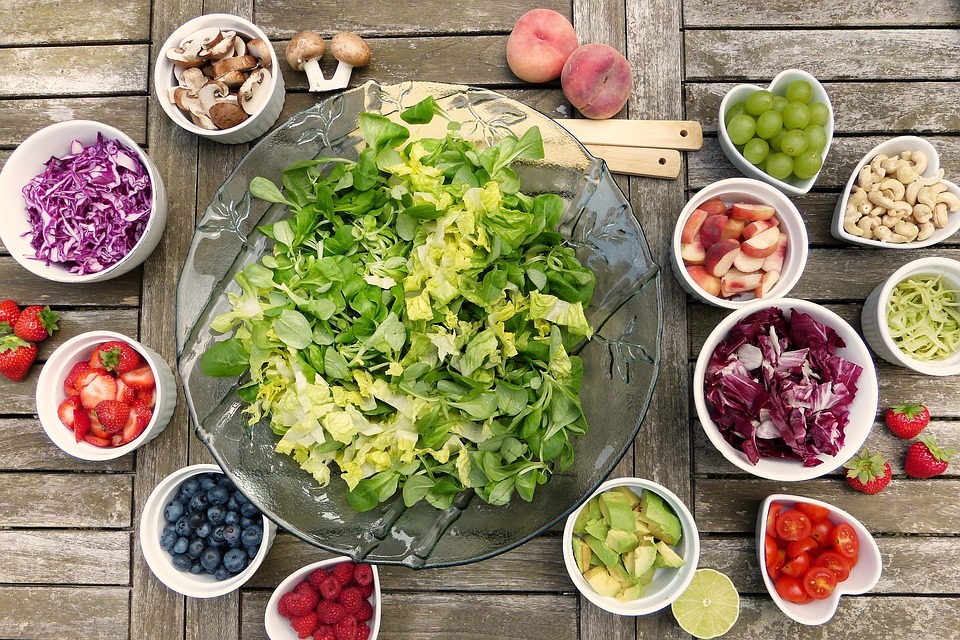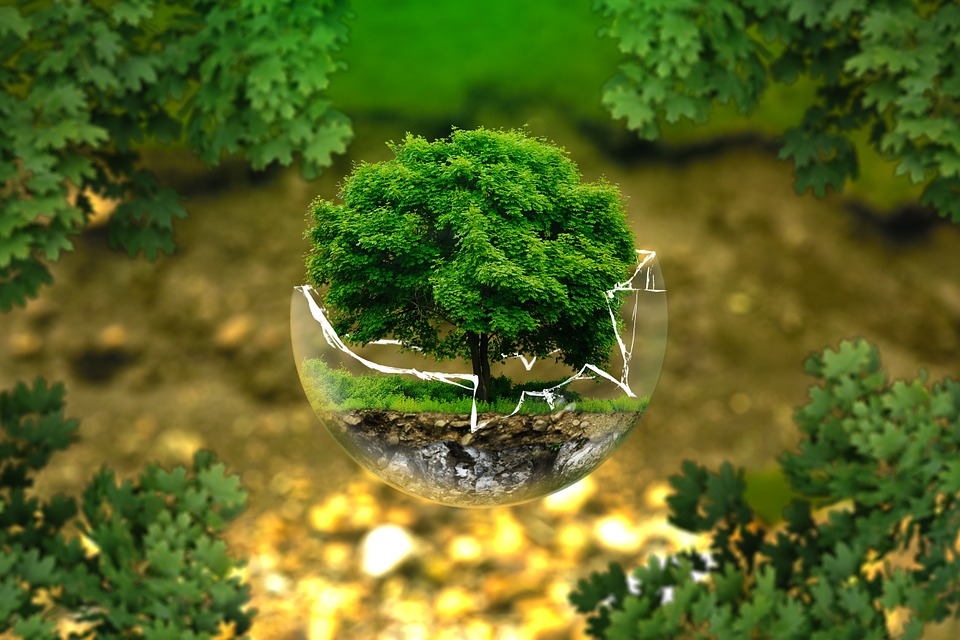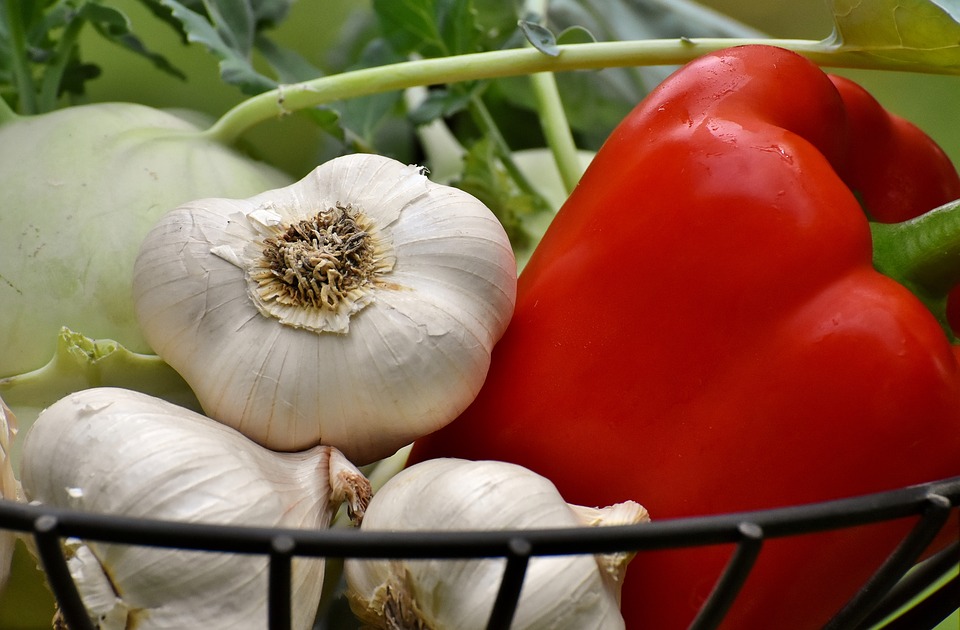The Green and sustainable living movement is sweeping the whole world and now people are focusing more on what they eat. If you care and want to protect the environment, then read on to learn about some of the environmentally-friendly eating habits.
At the Store
1.Reuse Bags at the Store
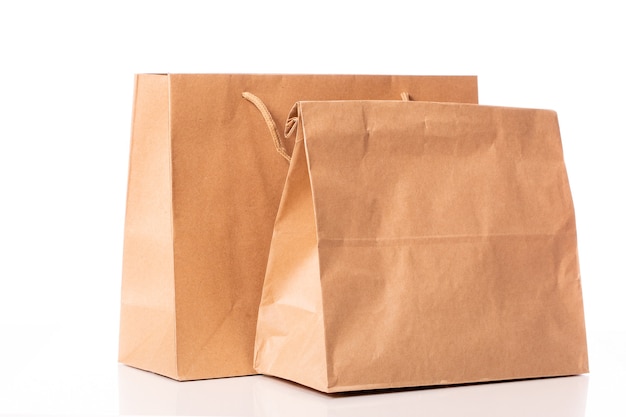
You will be surprised when I tell you that each year in the United States alone, people use over 100 billion plastic bags, which costs at least 12 million barrels of oil. Can you actually imagine that?
Moreover, it is noted that worldwide, approximately only 1 % of plastic bags are actually recycled. And, of course, it means that the rest end up in landfills, oceans or somewhere else in the environment. And the consequences? Nearly one million birds, 100 000 turtles and other marine animals die after ingesting discarded plastics. Plastic bags pose a threat not only to aquatic life but also to other numerous elements of the environment, such as the dilapidation of agricultural land.
So, if you want to play a role in preventing millions of trees from being cut down to make plastic shopping bags, next time you go to the store, make sure to bring a reusable bag with you.
2. Avoid Items With Excess Packaging
If you wonder why let me tell you that excess packaging is often and mostly made out of unsustainable materials that contribute in increasing the waste in landfills. And, maybe the worst culprit of all is polystyrene, which is not only a suspected carcinogen but is also produced through a process that has a tremendous negative impact on the environment. This is why it is recommended to purchase products with minimal packaging.
3. Do Not Purchase Plastic Bottles
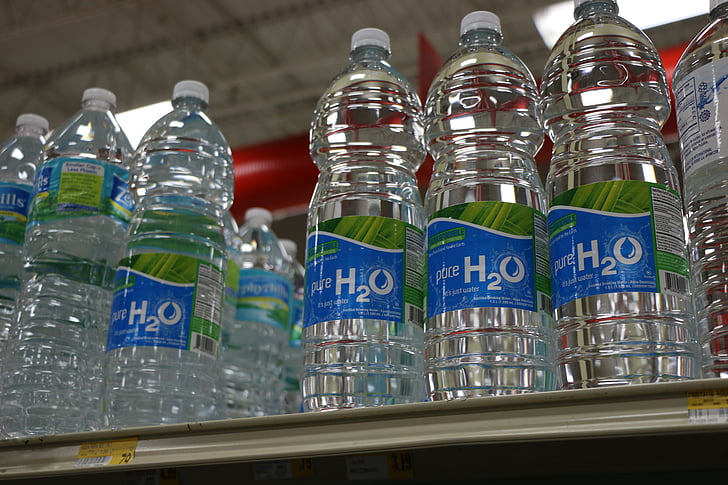
With all these billions of plastic bottles around, I think you can already guess how many tons of plastic are being used to produce these bottles. And, let’s not forget the landfills that are being overflowed with these bottles.
One way to reduce your carbon footprint is to use tap water which is much better compared to these bottled water.
4. Choose the Right Shop
Why don’t you choose to buy and give your money to eco-friendly stores, both in the organization’s practices and in the food selections they provide.
Eating
5. Start Eating It Raw
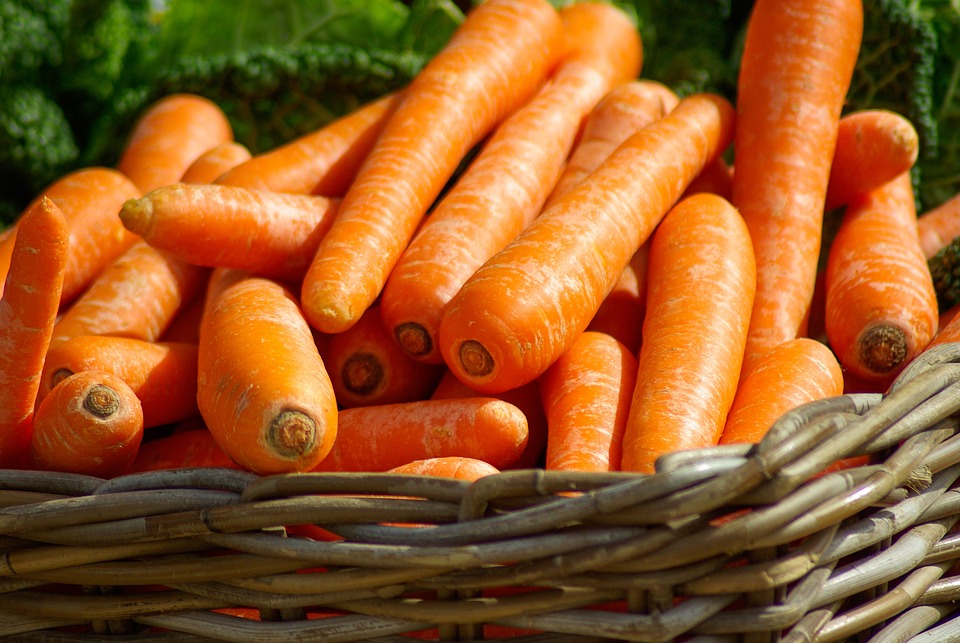
Now, it is true that not all foods can be eaten raw, but there are some vegetables, for example, that can be eaten raw and can help you to save energy on gas from your stone. For instance, instead of boiling or sauteing a raw carrot, why don’t you chew it down?
Below is a list of food that can be eaten raw:
- Pineapple
- Coconut
- Blueberries
- Broccoli
- Onions
- Red Bell Peppers
- Nuts
- Seaweed
6. Go Local
For those who didn’t know, eating locally produced food is one of the best ways to live eco-friendly and to reduce your carbon footprint. Besides, locally grown foods are fresher, tastier and retain more nutrients compared to food products that are usually shipped across the globe.
7. Eat a Lot of What You Buy
Do you know how many people around the world are dying due to starvation? Forget about the adults and think about all those needy and innocent children who die from hunger each year? Sd, isn’t it?
But, now what if I tell you that according to the statistics of the Food and Agriculture Organization, over 1.3 billion of food ends in landfills every year?
This is why it is always said not to waste the food you buy.
8. Go for Organic

Here, only food labels can help.
There are specific certified organic foods that are generally grown and processed using farming ways that recycle resources, do not make use of synthetic pesticides or bio-engineered genes, hence promoting sustainability.
But, remember, even if organic foods have numerous benefits on the environment, they can be costly and if you have a certain budget to abide to, then you need to calculate and limit your organic purchase to the ones that make the most impact.
Will you follow these tips? Please share your comments!
